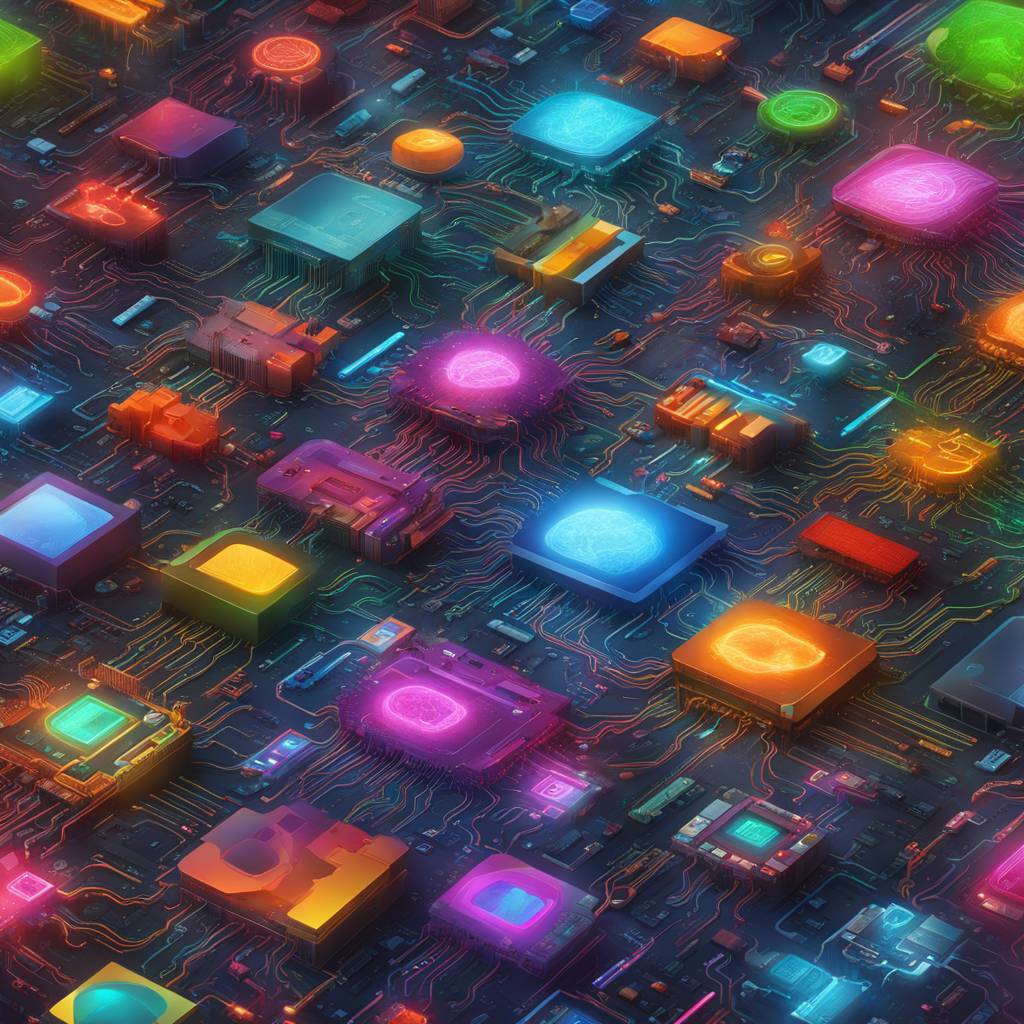Brain-computer interfaces (BCIs) are a bold and emerging science that allows brain signals to be translated into tangible outputs without relying on a person’s native muscular functions. This technology is often seen as a way to restore function to patients with neuromuscular disorders like cerebral palsy or those suffering from paralyzing conditions such as stroke. BCIs typically consist of three components: a device that measures brain activity, a computer to process this information, and an output device that is controlled by the brain signals.
Investment in BCIs has been substantial due to their potential applications in the medical field. The industry is expected to grow by nearly 16.7% in the next decade. However, there are significant technical hurdles that need to be overcome. Challenges include training users to operate the device, user fatigue, and building out algorithms and software to effectively convert brain signals into usable outputs. Additionally, the surgical procedure required for direct implantation of the device is invasive and complex, involving implanting hardware and electrodes into the brain tissue.
Anna Wexler, an Assistant Professor in the Department of Medical Ethics and Health Policy, believes that upcoming trials for the next generation of implantable neurotech devices will advance patient outcomes and pave the way for future developments in the field. It is crucial to develop strict guidelines to ensure patient safety, privacy, and outcomes. Innovators must proceed cautiously before moving to human trials, given the serious nature of this technology. Patients should approach BCIs with caution, understanding both the risks and benefits they offer. If developed correctly and implemented safely and ethically, BCIs have the potential to impact millions of patients positively.













